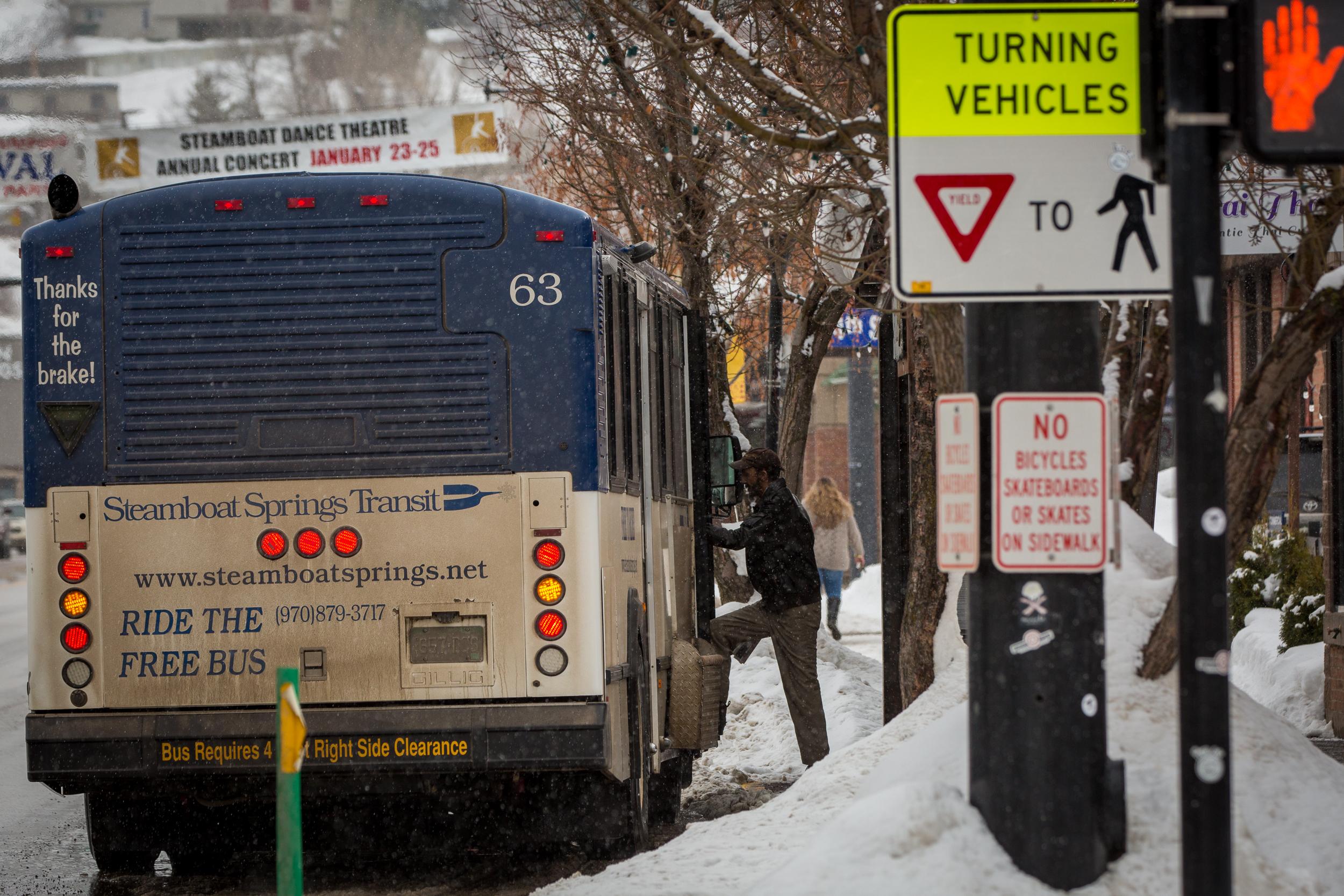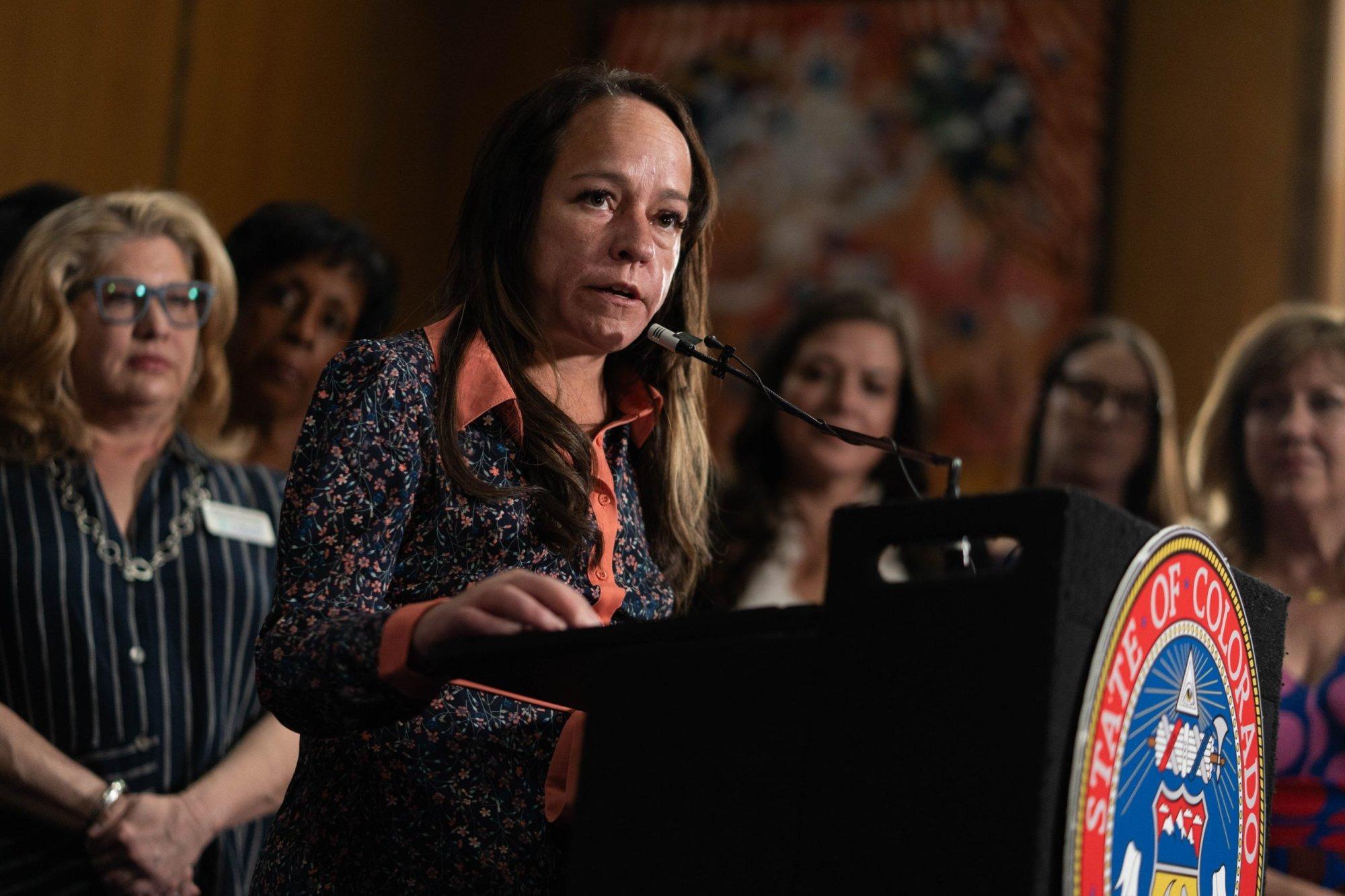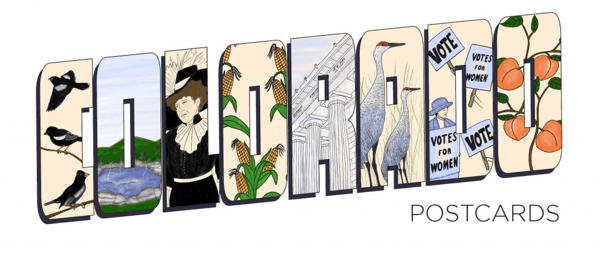
More transportation options could come to parts of northwestern Colorado if a ballot measure there passes next week.
Voters in Yampa, Steamboat Springs, Hayden, Oak Creek, Craig and unincorporated Routt County will decide whether to establish the Yampa Valley Regional Transportation Authority. The intergovernmental entity would have a board of officials who represent the member communities. It would oversee, plan, finance and operate a regional transit system.
“One of the things that we see up here in northwest Colorado is that we really don't have adequate transportation and transit systems to serve the needs of primarily our workforce, but then also the people who come to visit us from the Front Range and other areas,” said Sonja Macys, who has advocated for increased public transportation in the area for years.
Macys is currently a Routt County commissioner and has served on the Steamboat Springs City Council. She and other backers of this measure said expanding transit options can also help reduce emissions and take away some stress for people who commute across city and county lines.
“It's giving people their lives back,” she said. “It's climate action. It is safety.”
In the Yampa Valley region, that could include more buses and routes, new options to get to and from the local airport, road improvements and even adding more wildlife crossings. Macys said each community would come up with a plan to determine its own needs within its boundaries.
“Do we need park and rides? Do we need the electric scooters, e-bikes? Those types of things have not made it up to the mountains in the way that they are in urban centers that kind of make it easier for somebody to not have to drive to then get on transit,” she said.
Across the state, there are currently seven regional transportation authorities (RTA) — not to be confused with metro Denver’s Regional Transportation District, known as RTD, which the Colorado General Assembly established in 1969.
As for the proposed Yampa Valley Regional Transportation Authority, the Steamboat Ski and Resort Corporation has agreed to chip in $1 million annually for at least three years. That’s been described by some as “seed money” for the RTA.
RTAs have several potential revenue options under state law. They can charge fares for rides or tolls for some roads, pursue loans and grants, and impose a small annual vehicle registration fee.
They can also levy certain kinds of taxes, which would require voter approval due to Colorado’s constitutional amendment known as the Taxpayer’s Bill of Rights. This year’s measure that’s on the ballot in these six communities does not ask voters to approve a tax; it just asks whether to form the RTA.
While there appears to be no organized opposition to the transit authority, small government advocates have warned that setting up an RTA opens the door for taxes or bonds on a future ballot.
Not every community has to pass the measure in order to create the Yampa Valley Regional Transportation Authority. According to the intergovernmental agreement signed by all of the communities voting on the proposal, some form of the RTA could start up as long as it passes in Steamboat Springs and at least one other place.









